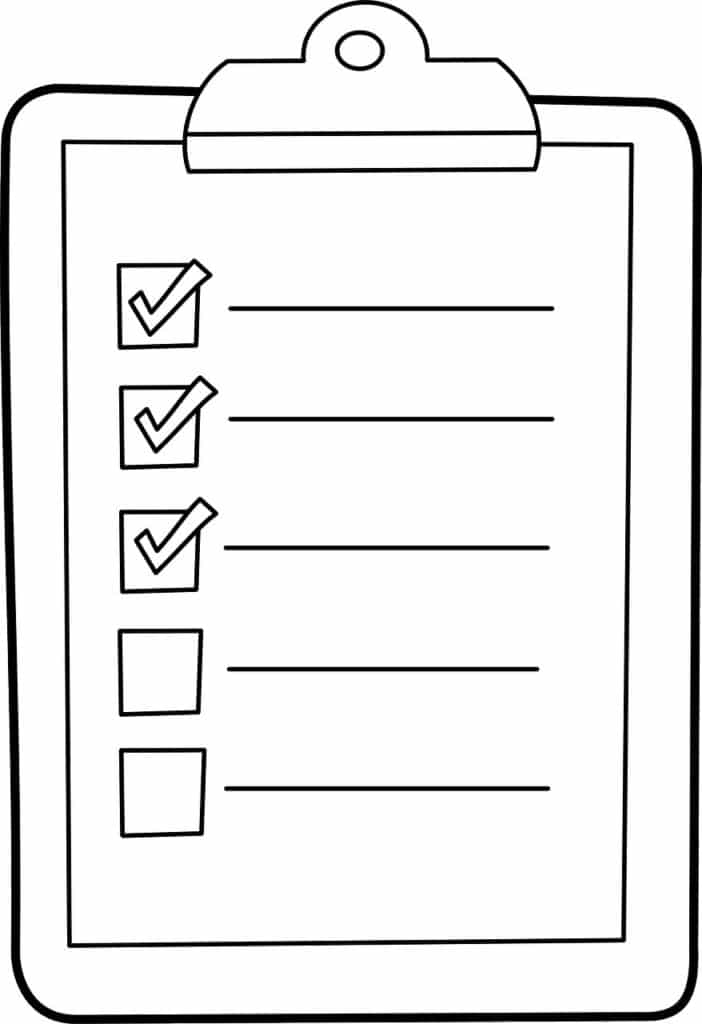There’s an old saying in marketing and sales, “You can’t please everyone.”
Truer words have never been spoken.
Having customers who aren’t happy with our products, our services, or our efforts is a fact of life in business.
The way you respond to those customers will determine whether or not your customer comes back.
Or whether he or she goes on to rant about your poor service to every friend, relative and social media site in the world.
That is not to say that some people won’t do those things anyway. Despite your best efforts, you will not defuse every situation.
Along the business path, you will sadly meet people who are completely unreasonable despite your best efforts to help.
The customer isn’t always right and there are times when you will not be able to please them. The following post doesn’t claim to help with these “problem children”.
It will help you to defuse certain situations and to help otherwise reasonable people to get over their ire with your business. Here are ten ways to help you to defuse customer anger.
1. Decide that your customer has a perfect right to be angry.
This does not mean they are right or that you’ve done something wrong.
Accidents happen.
When things go wrong, it’s easy to start determining whose to blame and whether of not the customer has a right to be angry.
Curb this impulse to judge and instead decide out of hand that everyone has the right to be upset. They may be partly to blame, but that doesn’t erase their right to be upset by what’s happened to them.
2. Hear the Emotion without Mirroring It.
Listening to the emphasis and the tone of the customer can help you identify what is causing the emotion.
Also listen to their words. The goal is to identify the root cause of their anger.
While you can’t always resolve the problem, you can acknowledge it and let the customer know you understand how frustrating it is.
Responding to the emotion with emotion is going to be totally counterproductive. It’s not personal, so don’t take it personally.
The customer’s anger isn’t about you. They are upset at the company or the situation. Very often customers can be borderline abusive while not truly meaning to be.
The frustration is carrying the situation and the level of anger can be an indication of their desire to be heard, acknowledged, and not placated.
3. Try to respond patiently.
The conversation will flow in waves. Expressing their anger, rage, and distress isn’t going to take place all at once.
Wait for the emotion to recede and then use that moment to try to reassure them you will correct the problem.
It doesn’t matter whose fault it is, how it happened or that they’ve not been reasonable or polite to you.
Solving the problem is going to resolve the situation. Wait for them to run out of gas and then fix their problem.
4. Don’t raise your voice too.
Speak softly IF (or perhaps WHEN would be more realistic) you find a customer becoming loud and abusive. Keep a steady and low tone and continue to speak to them.
Don’t try to shout over the customer as it simply won’t work for you. If you want them to get the message, speak softly and wait for a pause.
Your customer will want to hear what you have to say and will strive to hear that. Very often they will concentrate on you, rather than keeping up a verbal tirade that isn’t getting them anywhere.
This person came to you for a solution. Give them one. When there is a lull in the conversation, that’s your cue to offer it.
5. Reiterate and repeat.
Make sure you’re covering all the bases of the customer’s issue. Address everything administrative, technical, and emotional about the customer concerns.
Reiterate and repeat the things you believe are the most important to the customer so you can get feedback.
You want them to know you are focused on what is most important to them.
6. Make the problem your own.
Regardless of what ever happened prior to the customer coming to you, now that they have your attention, you need to own the issue.
You can resolve the issue and correct the problems, but before you do that, you need to own it.
You are going to be the one person who honestly cares about what they are going through and is going to fix it for them.
7. Put your customer first and the problem second.
There are going to be conflicting issues when you’re working with angry customers. They are going to be irritated and probably not very kind to you.
The customer’s distress needs to come first and the technical issues should come second.
You want to attend to both of them. Finding a way past the first and to a resolution of the second is the goal.
Keep in mind that you need to acknowledge the customer distress first and then handle it by dealing with the other technical issues.
8. Perform triage on the customer’s issue.

Look for the biggest problem you can solve with the least resources. Then look for the next biggest problem and so on.
Go over the problem forward and back and find out what happened and pinpoint where it went wrong.
Sometimes solving the problem causing the most emotional discomfort for the customer is the easiest to solve. Don’t overlook this possibility.
For example, maybe they are concerned about missing another appointment. Solve this problem first and the technical problems later.
Then you can focus on other problems that are more complicated, but are less agitating to the customer.
9. Correct the problem once and for all.

If this is something you’ve had to deal with before, it’s important to prevent it from taking place again.
Show the customer that you’ve made corrections and that you are committed to making sure that this issue doesn’t happen again.
Reiterate their original concerns and ask if you have alleviated their problem or corrected all of their issues.
10. Follow up with the customer.

It’s important that they understand that your company does not have an attitude of “out of sight and out of mind.”
Find out if the problem is fully resolved and if not, how they feel you can address it.
This final step in taking an irate customer to a happy one can serve to cement customer loyalty for your company.
Not every customer will respond to these steps, but most will. Taking your customers from an angry voice on the phone to a loyal customer of your company will make it time well spent.









